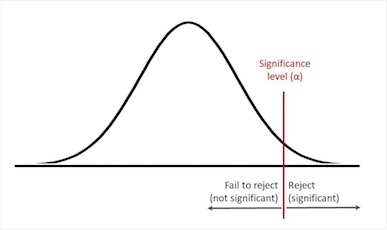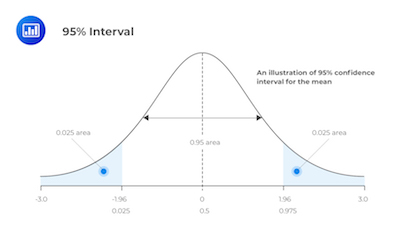Significance Level Vs. Confidence Level Vs. Confidence Interval
While many assume statistics is a science, it really isn’t. After all, you probably already know that many terms are open to interpretation not to mention that many words mean the same thing such as man and average. But there are others that may appear to be the same and can be quite different such … Read more


